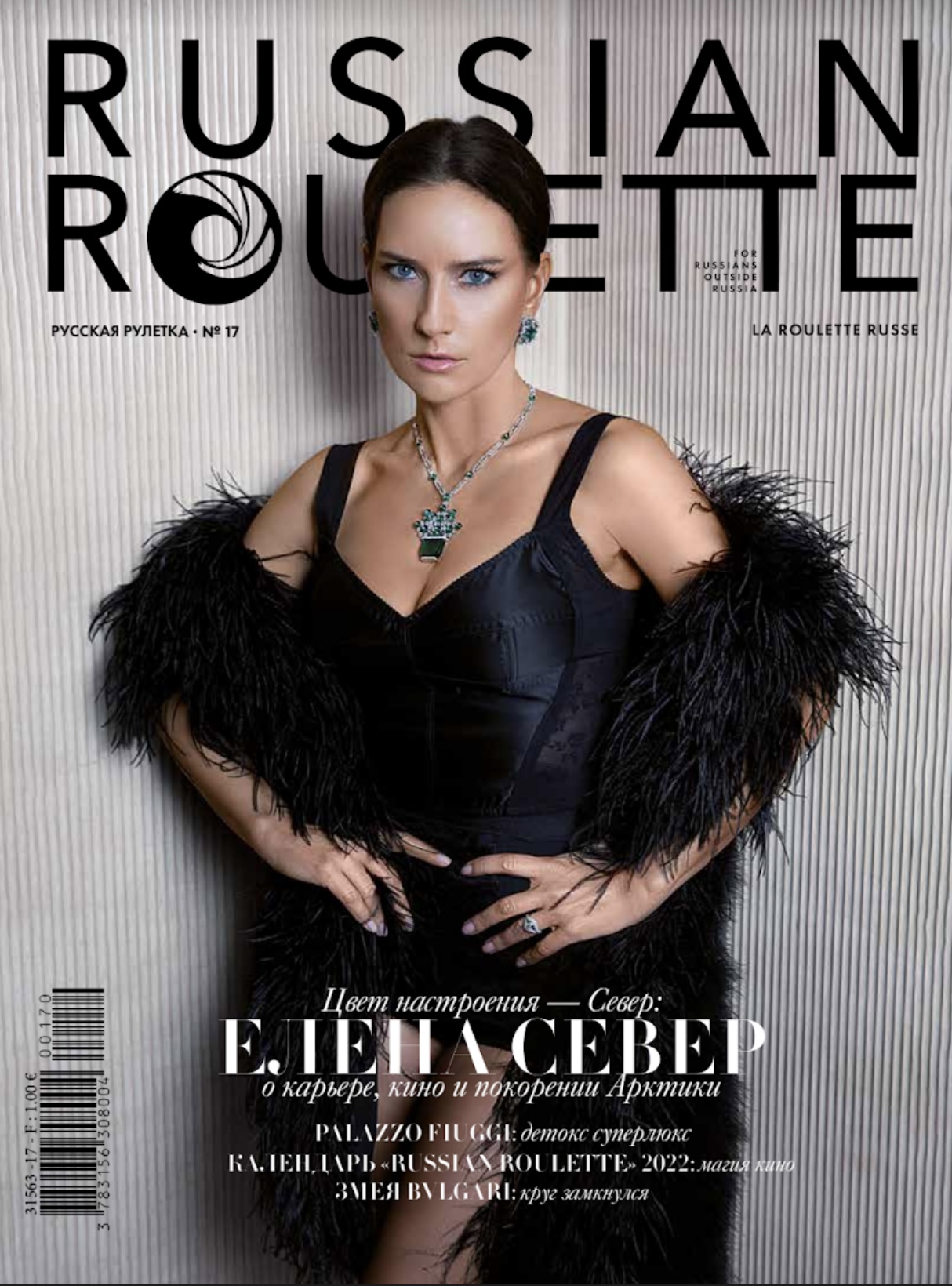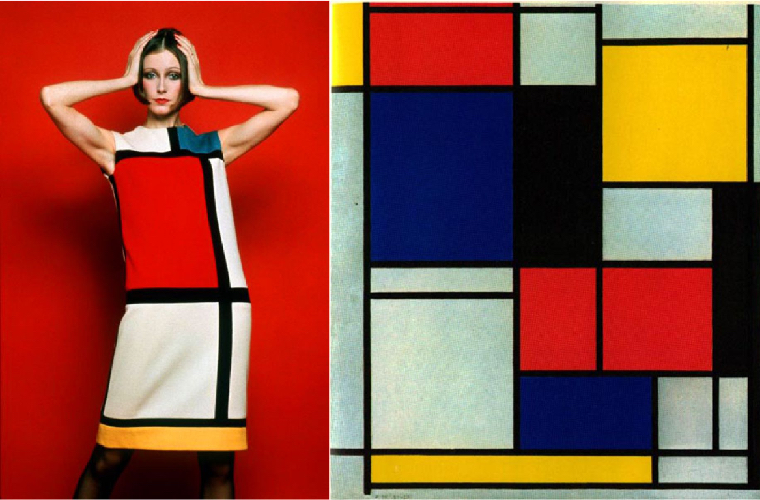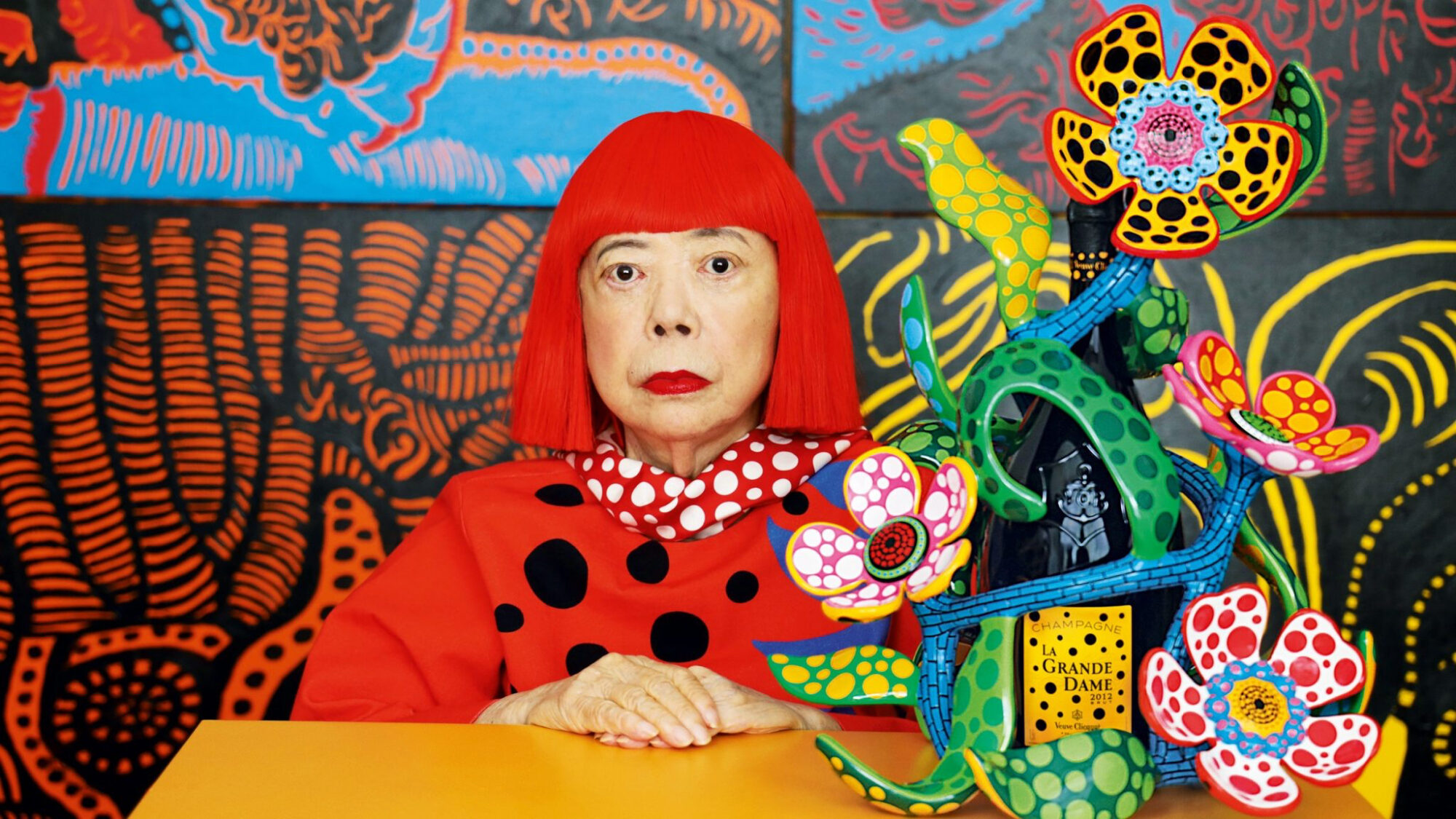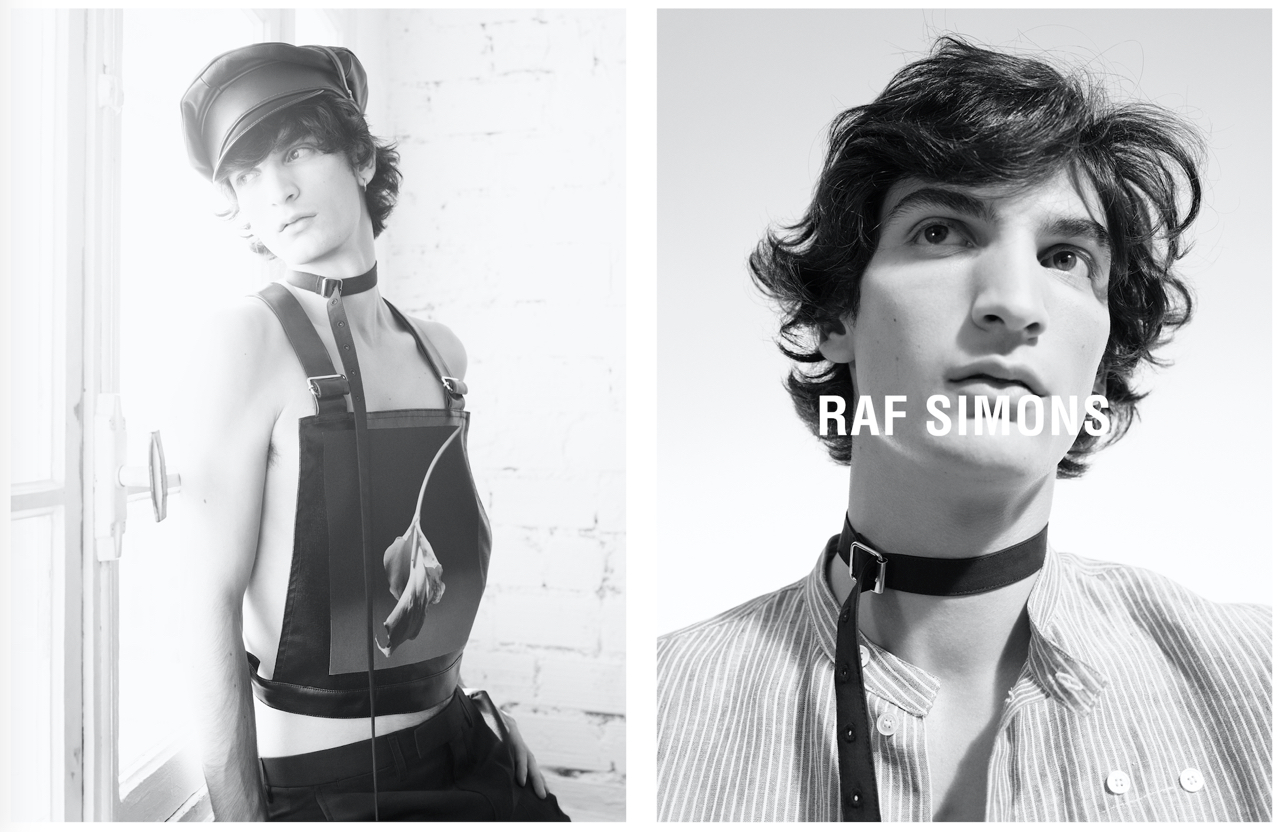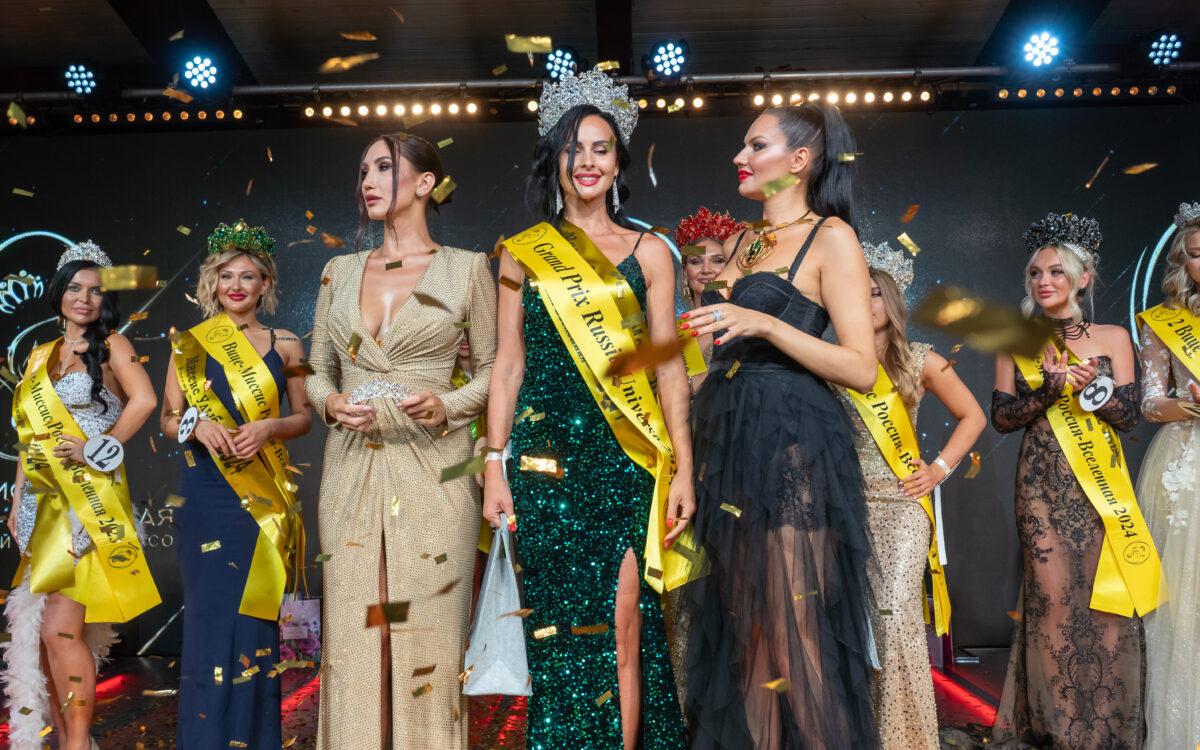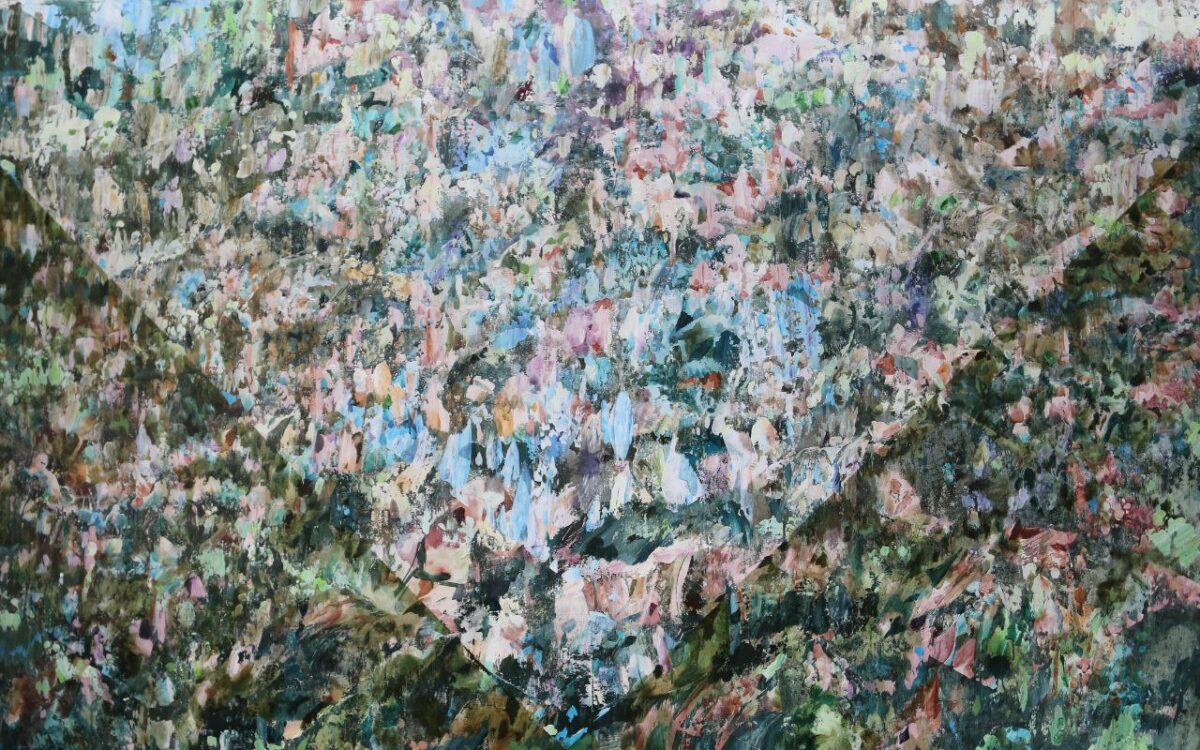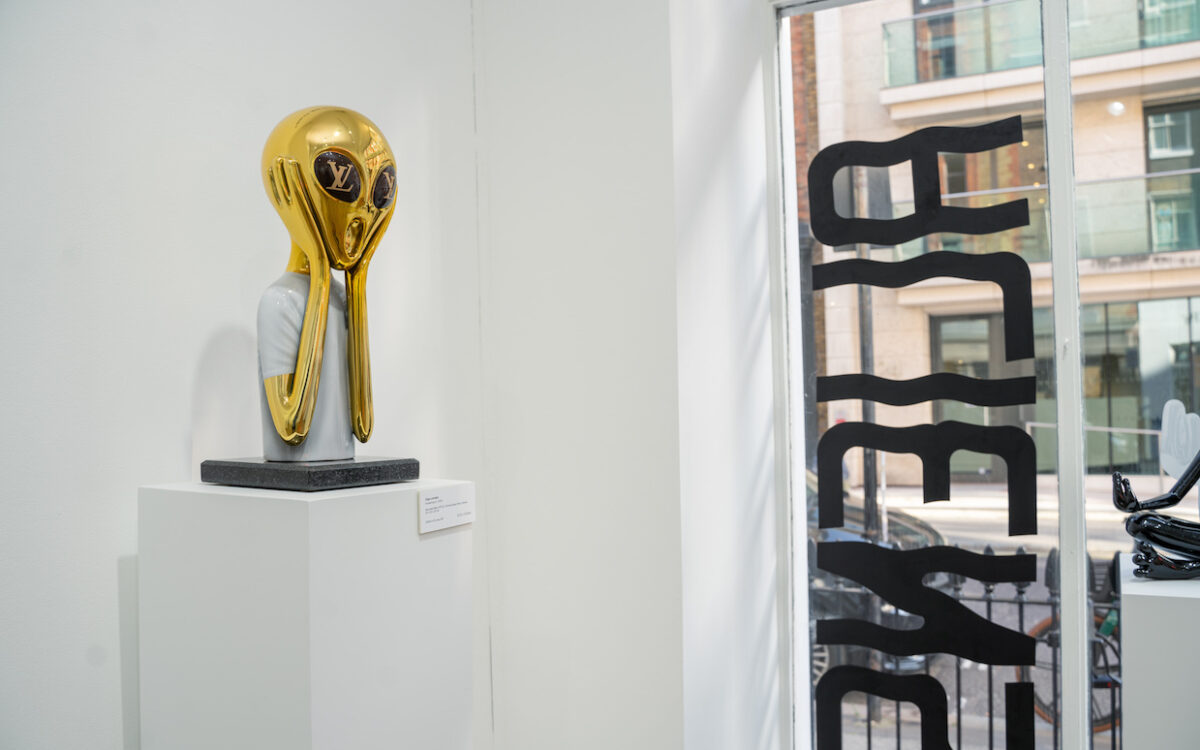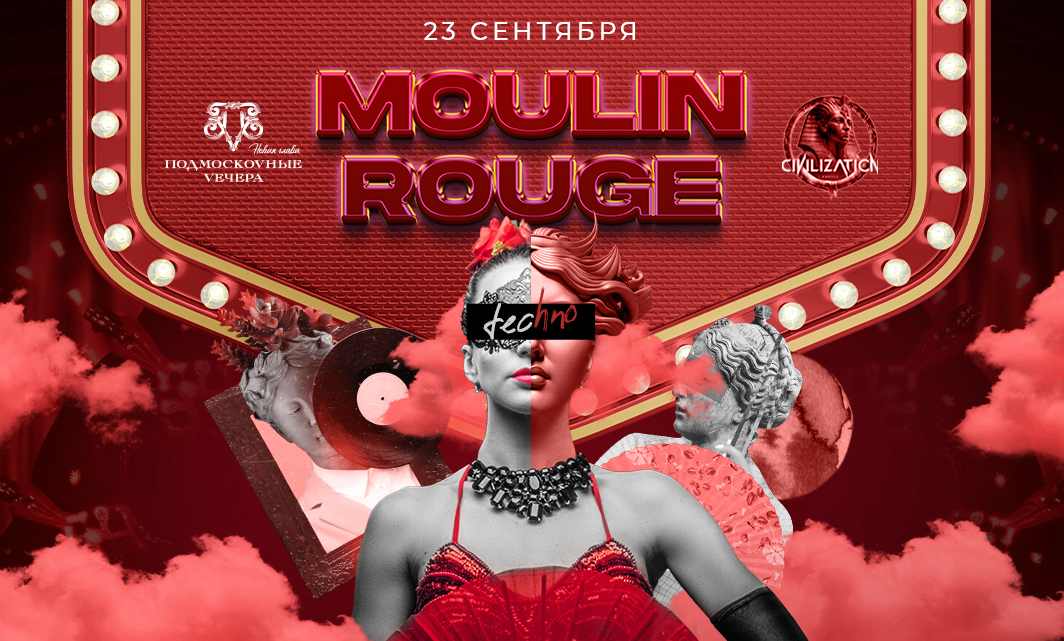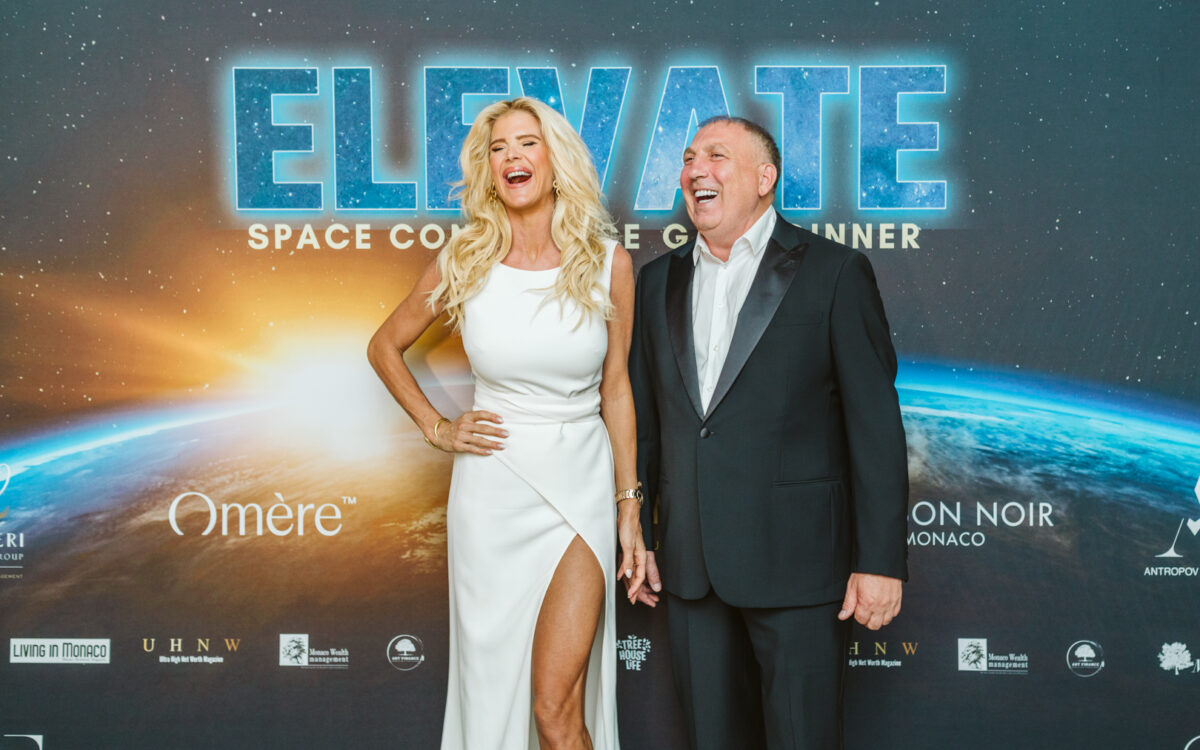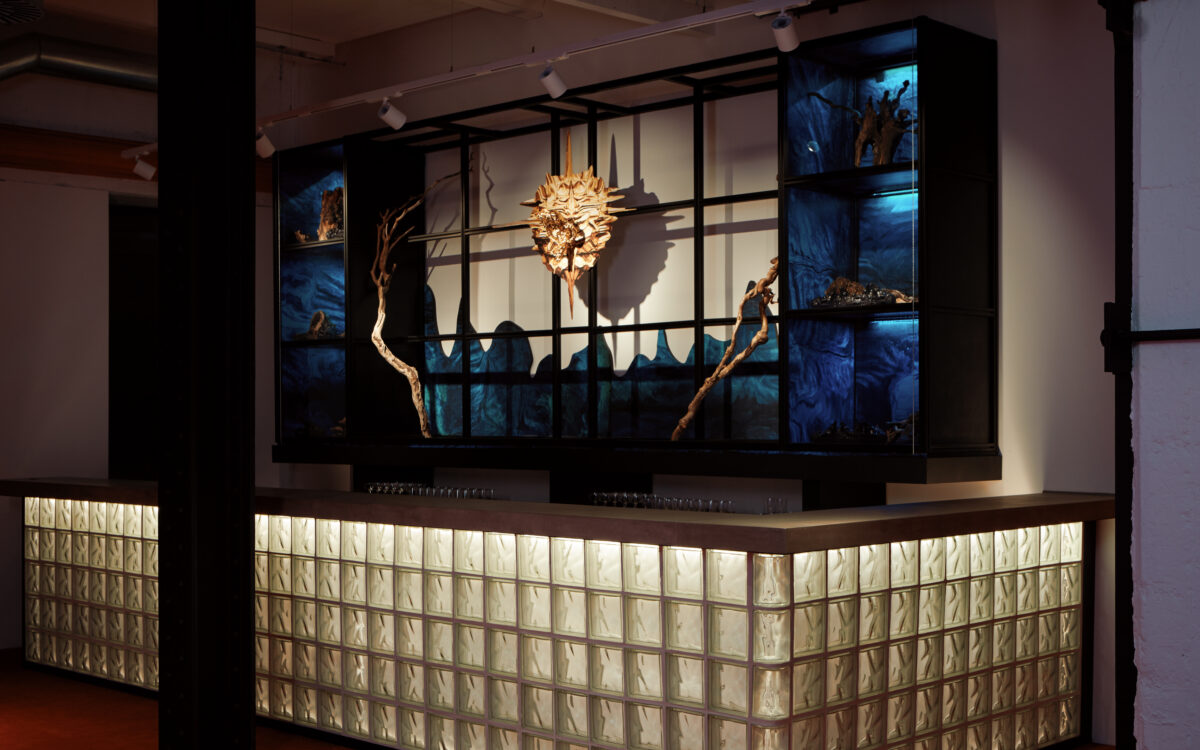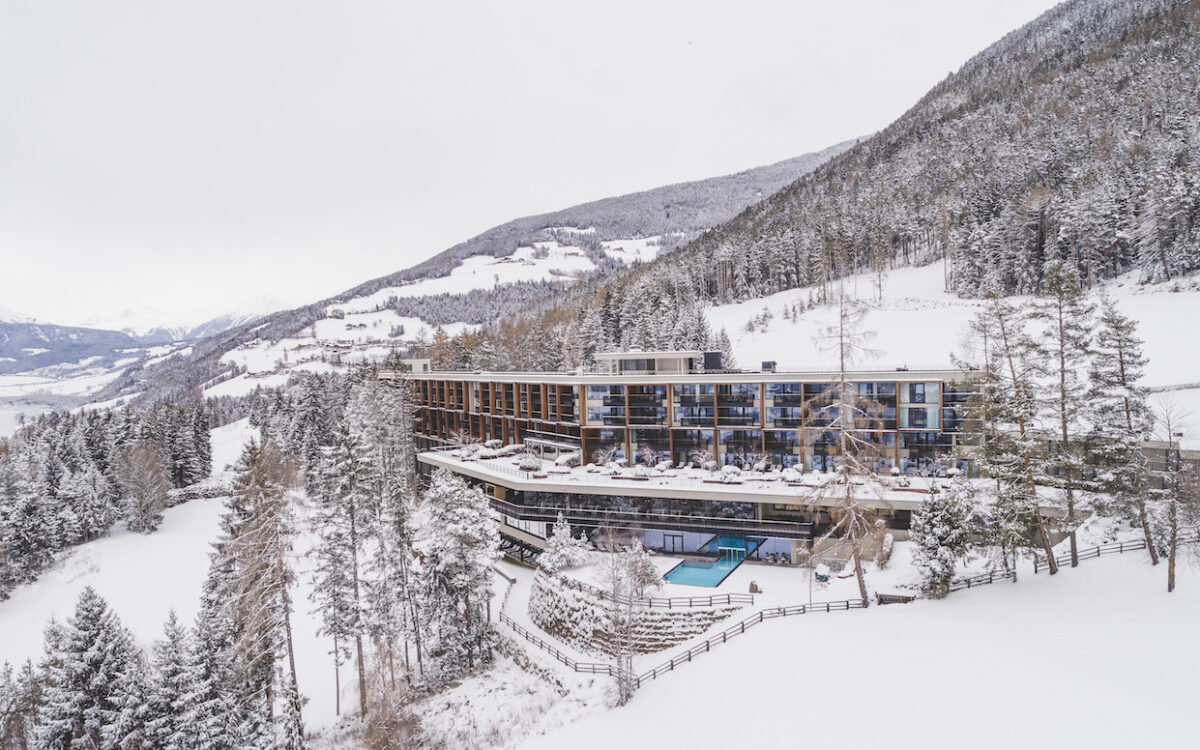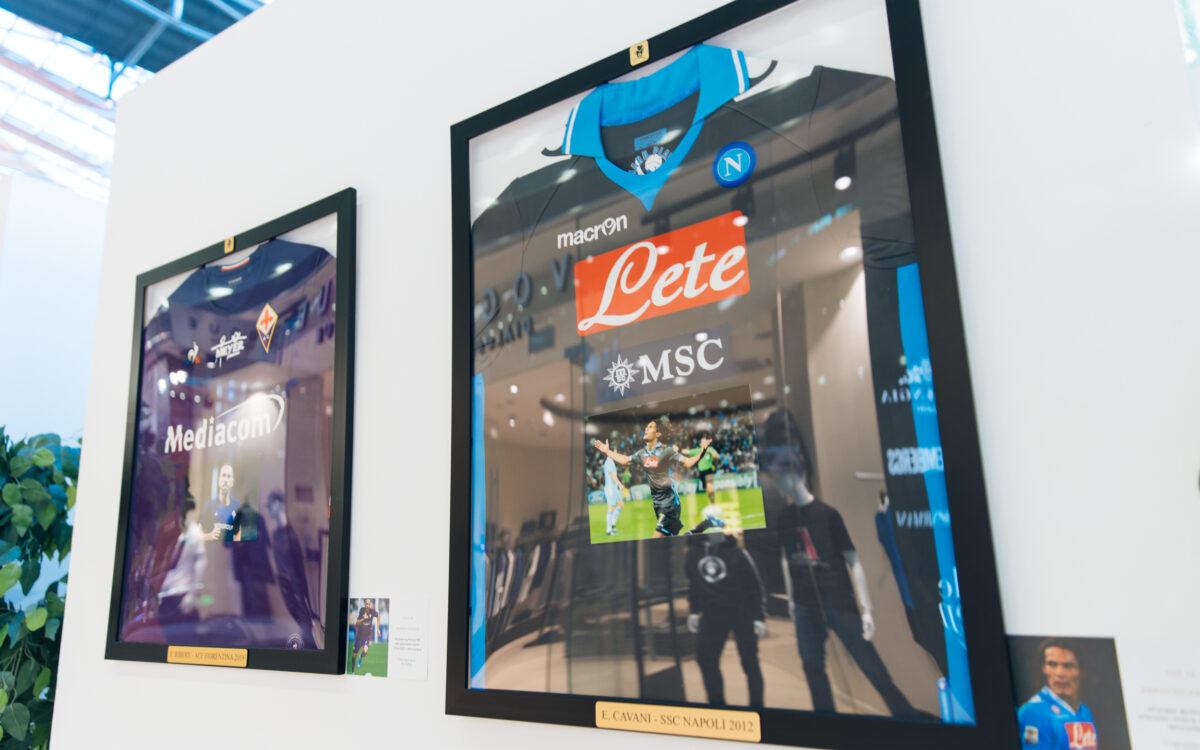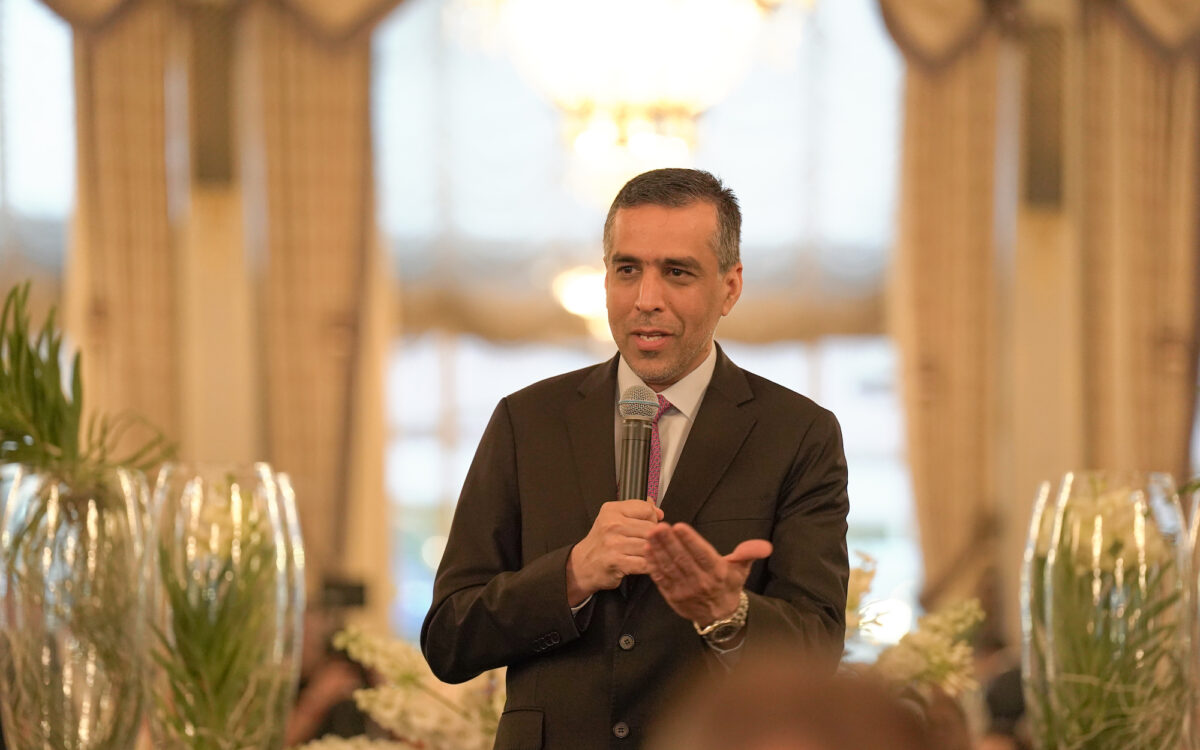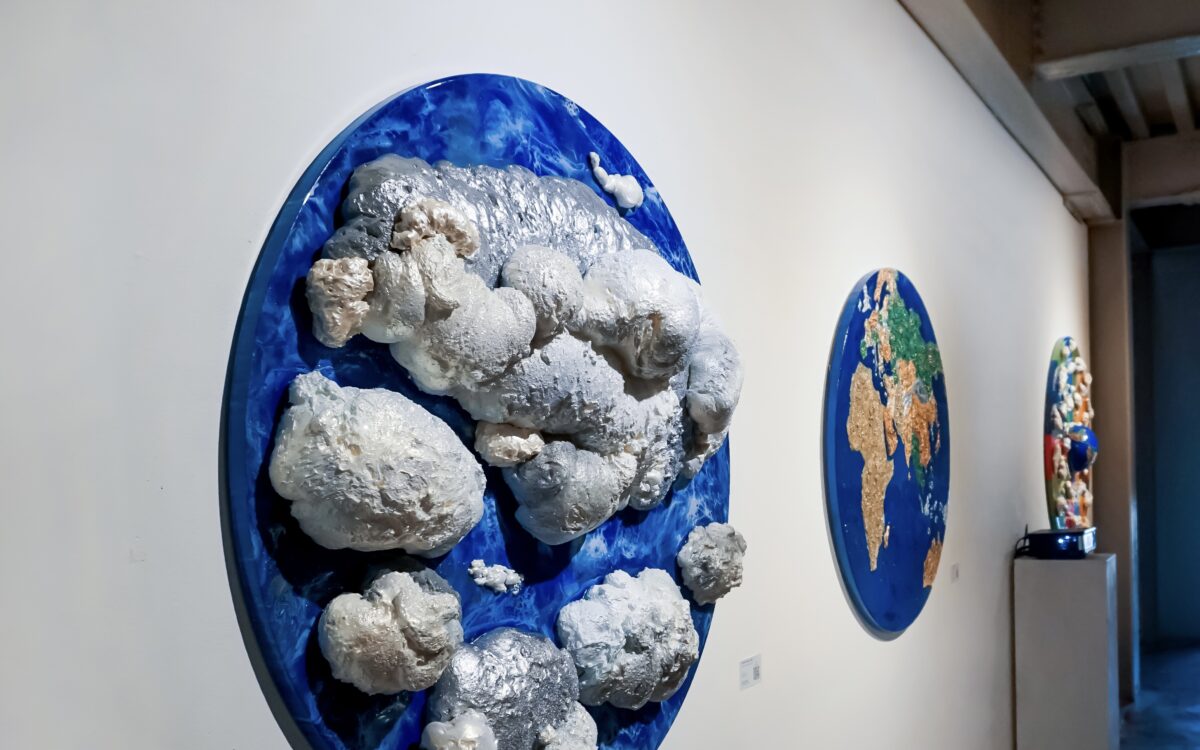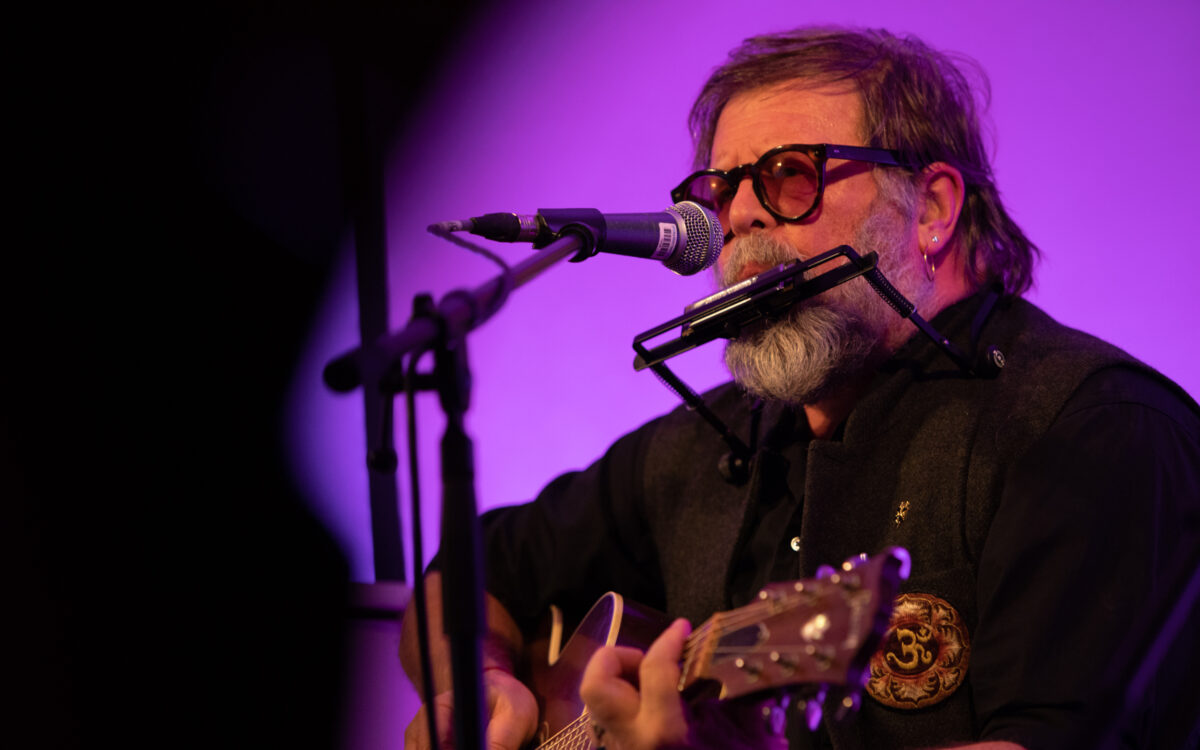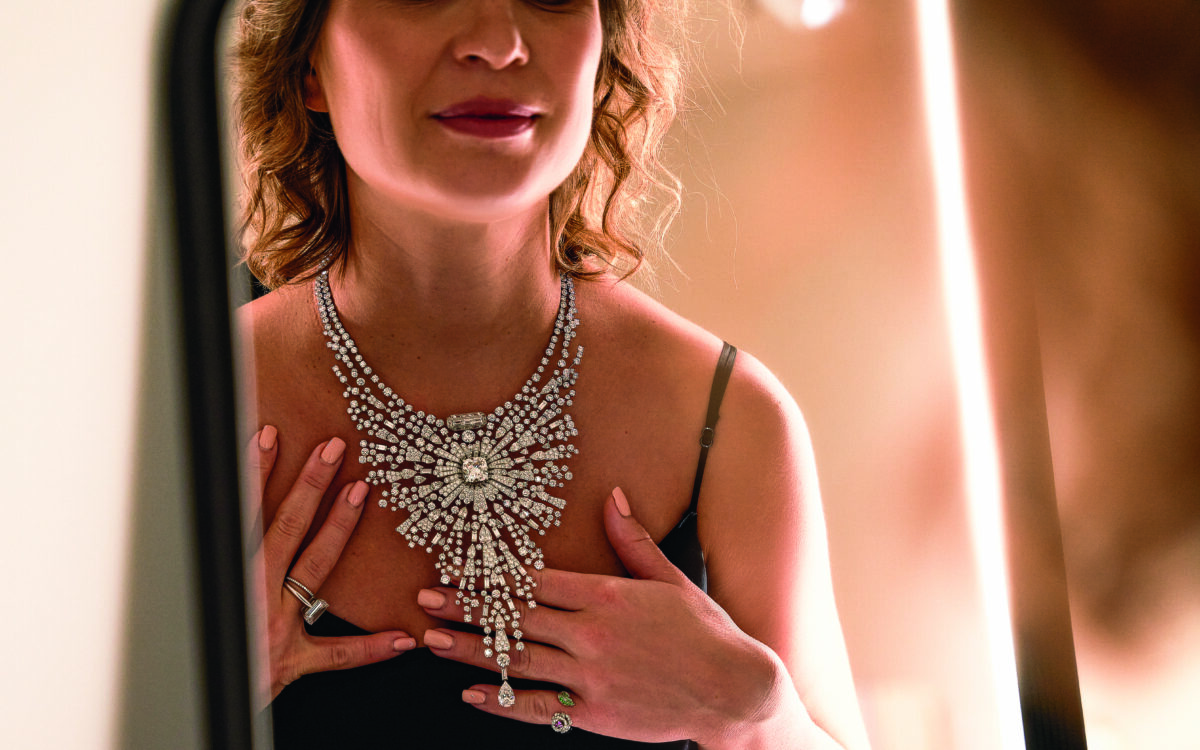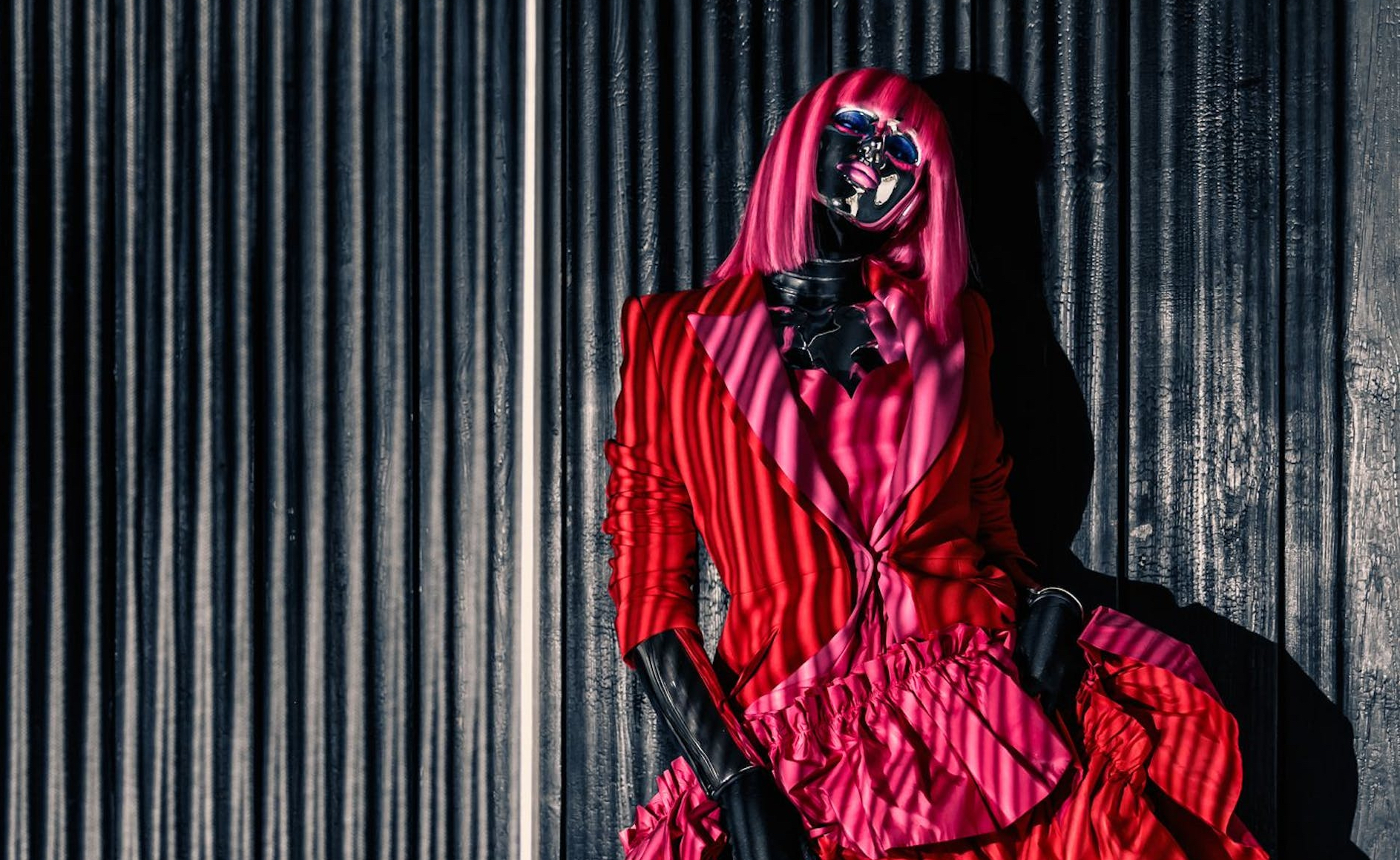
“…in such an evolving world, technological advancements are altering how our society interacts with the arts. Whether through augmented reality, virtual worlds, digital transformations, or online transactions, the future of art envisioned by those of the past is here and now!”
Art Hunter, Henry Mova
Shrouded in a reflective skin-like armor and adorned in the most alluring garments crafted within the world of fashion, Henry Mova is quite the mysterious figure.
While we know there’s someone (or something) behind the mask, their mystique stills remain. However, this is the objective, as specified by Mova, as the intention is for focus to reside more on feelings over mere sensory perceptions. This sentiment correlates to Henry Mova’s view of the art world and the various explorations set in search of an indescribable feeling deemed “the spark”.
Both a columnist, performance artist and a traditional and contemporary art expert (specifically in the direction of digital and NFT art), Henry Mova wears many hats. Exhibiting such a captivating appearance, Henry Mova is regarded as an art object in its own right, touted as the first bionic representative of the metamodernist era. Exploring the world in search of the latest artistic creations, expressions, and innovations, Mova’s message to the world is simple: Make Art, Not War! Such a mantra holds immense relevancy today, given the state of our world, plagued by innumerable concerns.
In between voyages throughout captivating art fairs, exhibitions, biennials, etc., we caught up with Henry Mova to better understand their view of art, the vocation of art hunting, and to learn more about today’s modern artistic discoveries amongst the ever-changing creative landscape!
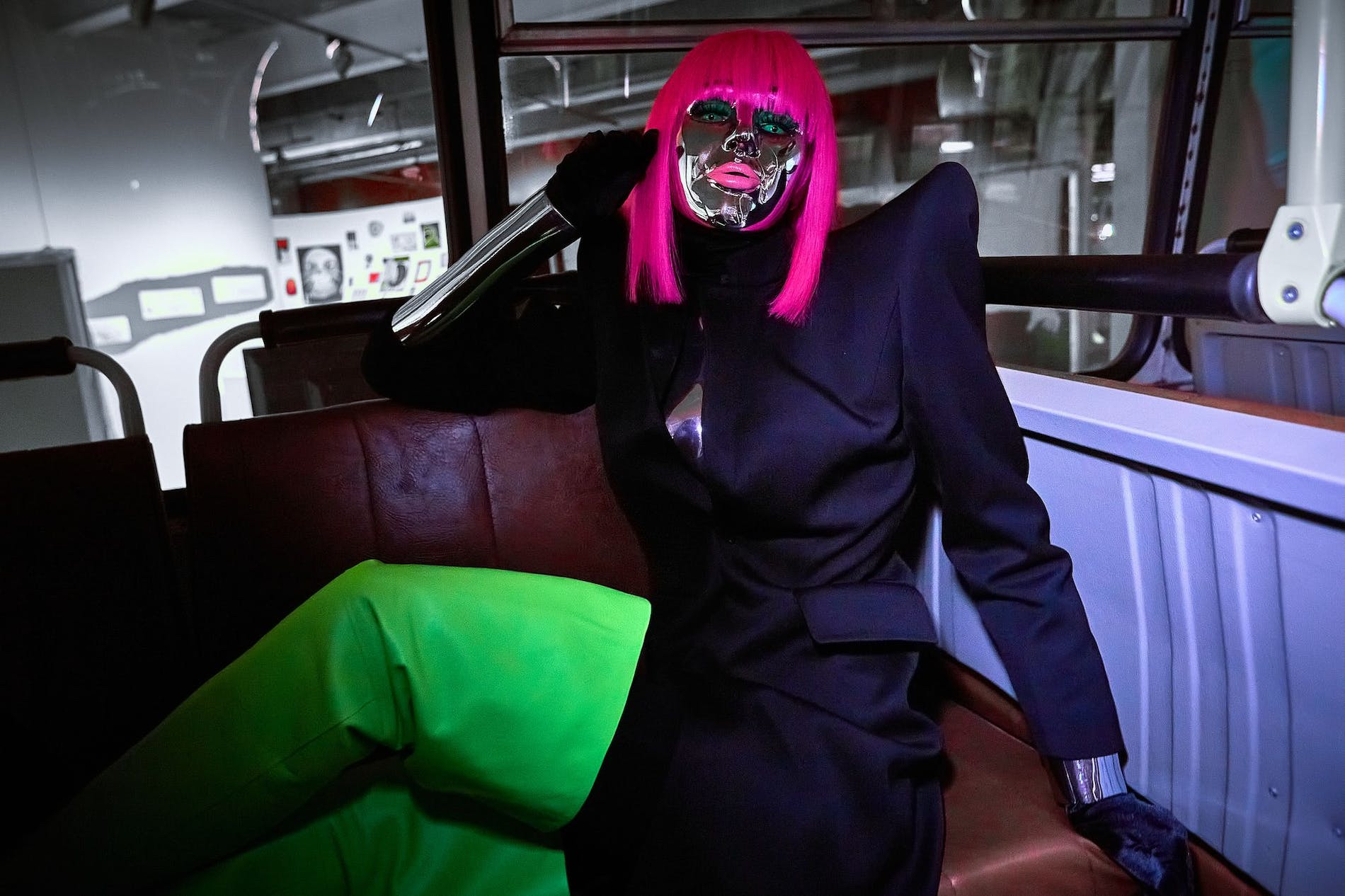
Henry Mova, thank you for chatting with us.
My pleasure.Thank you for having me.
Your professional activities is as follows: a columnist, curator, performance artist, Digital art and NFT expert, in addition to a worldwide undertaking you call “Art Hunting.” That’s quite the list of endeavors—can you speak to this?
Given the ever-expanding realm of art, I found it necessary to adapt to such developments, becoming multifaceted in my approach to its absorption and expression. My profession as a writer for various publications and my column ArtTalk with Henry Mova, as well as, my studies as a digital and NFT art expert keep me up aligned with the fast-paced changes seen today. My work as a curator, performance artist and art hunter positions me with the most captivating innovations and techniques executed by masterful craftsmen and women, painters, designers, architects, sculptures, etc.
In your opinion, has art changed over the years? And if so, for the better or […]?
A very complex question.
As I sift through the years, my take away is that the world of art no longer resides in a singular sphere. It occupies different domains simultaneously, resulting in a radical change to that of artist and art objects of the past— so to your latter question, some changes for the better and others I find to be of possible concern.
With society advancing technologically, I have witnessed artists do away with traditional methods, embracing new media forms and models that improve consumer engagement while also increasing mutual accessibility translating to how creatives are compensated for their gifts and talents—which is very important.
The art market itself, I have found that the amount of art fairs, biennials, exhibitions, museums, and the like, have gone through a boom—whether by the expansion of existing events or the emergence of others still find their footing. This I find encouraging as it stimulates much-needed interest in diversity/multiculturalism for example, along with education to those interested or unfamiliar with the arts.
Though this is positive, I find the corporatization and marketization of the artistic field has become quite alarming to a degree. I adored how artists of yesteryear challenged the authority of the institutions and structures of the time. Although witnessed today, it is becoming increasingly difficult to discover over the shroud of capitalization which currently takes precedence more often than not; art is suffering in a way. Many present artworks can be reduced to pure instruments of financial investment, lacking depth and meaning. To this, my art hunts are focused more so on creators and creations that allows observers to see the world in innovative ways with a fresh point of view; those that beget inspiration, joy, emotion, community—I could go on and on.
I have hope for the future of art and its unbridled power.
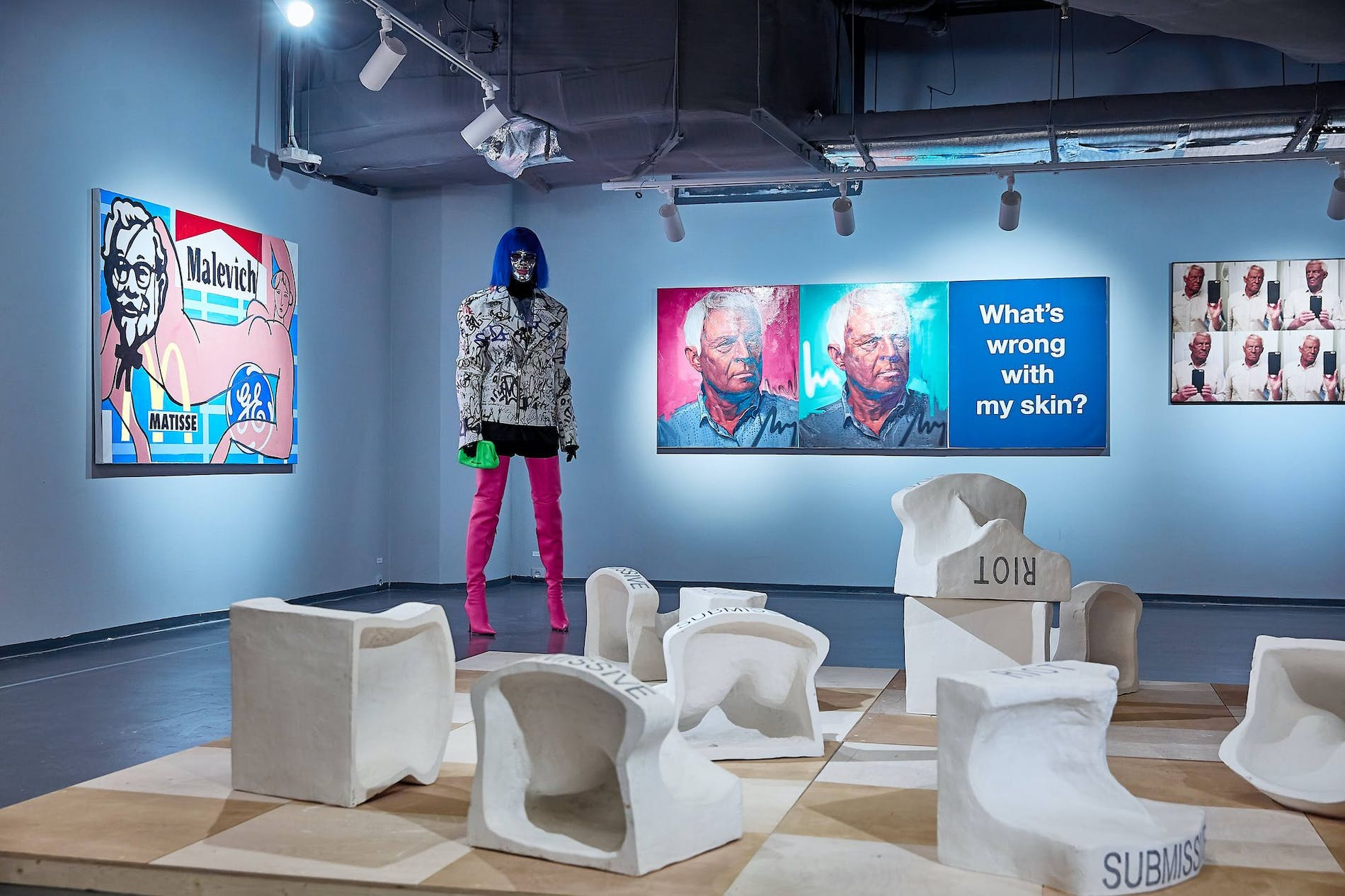
You often speak of this energy, “the spark,” in how it aids in your selection process for analyzing artworks and their authors. What are your criteria in their bolster?
“The spark” is a pseudonym of sorts. A mere alias for the convergence of feelings and emotions; communication even, as artworks must have a voice. To help explain this, I often refer to the Fritz Lang film, Metropolis, and the words by the character of Maschinenmensch (also named Maria/Futura in the novel) who makes a profound statement, asserting:
“There can be no understanding between the hand and the brain unless the heart acts as a mediator.”
This sentiment perfectly captures what I search for on my art hunts. The keen ability of an artist to translate their hand, thought, and heart into an expressive creation without directly communicating it’s intended messaging. I frequently encounter works that are missing that elusive… “something”—a spark if you will.
Given the art world is such a vast space, what forms do you prefer to follow?
I hold no preference.
Art offers an array of forms, whether photography, cinema, sculpture, paintings, fashion, literature, song […] the list goes on. Even gastronomy and the culinary arts are of fascination. Each field holds a respected and detailed approach to its creation, bringing forth new styles and interesting points of view.
I can say, as of late, the emergence of digital art and NFTs has become of interest to me and one that I study considerably.
Digital art, in comparison to its traditional counterparts, possesses the advantage of convenience: digital art contains ease— it is easy to publish and share, easy to print in its physical variant, and most importantly, digital art, through the use of technology, makes it possible to create breathtaking works outside the boundaries imposed by traditional mediums.
Similarly, NFTs (or None Fungible Tokens) are intriguing in their innovative nature of benefiting both the consumer and the creative. For buyers, in addition to supporting the handwork of the artist, their purchases act as a speculative asset in hopes that the value rises over time. For artists, NFTs provide an alternative platform to sell their works in a non-traditional domain. Moreover, some NFT marketplaces allow creatives added compensation in the form of a percentage every time their NFT artworks are sold or change hands. This symbiotic nature within the arts is beautiful in my eye.
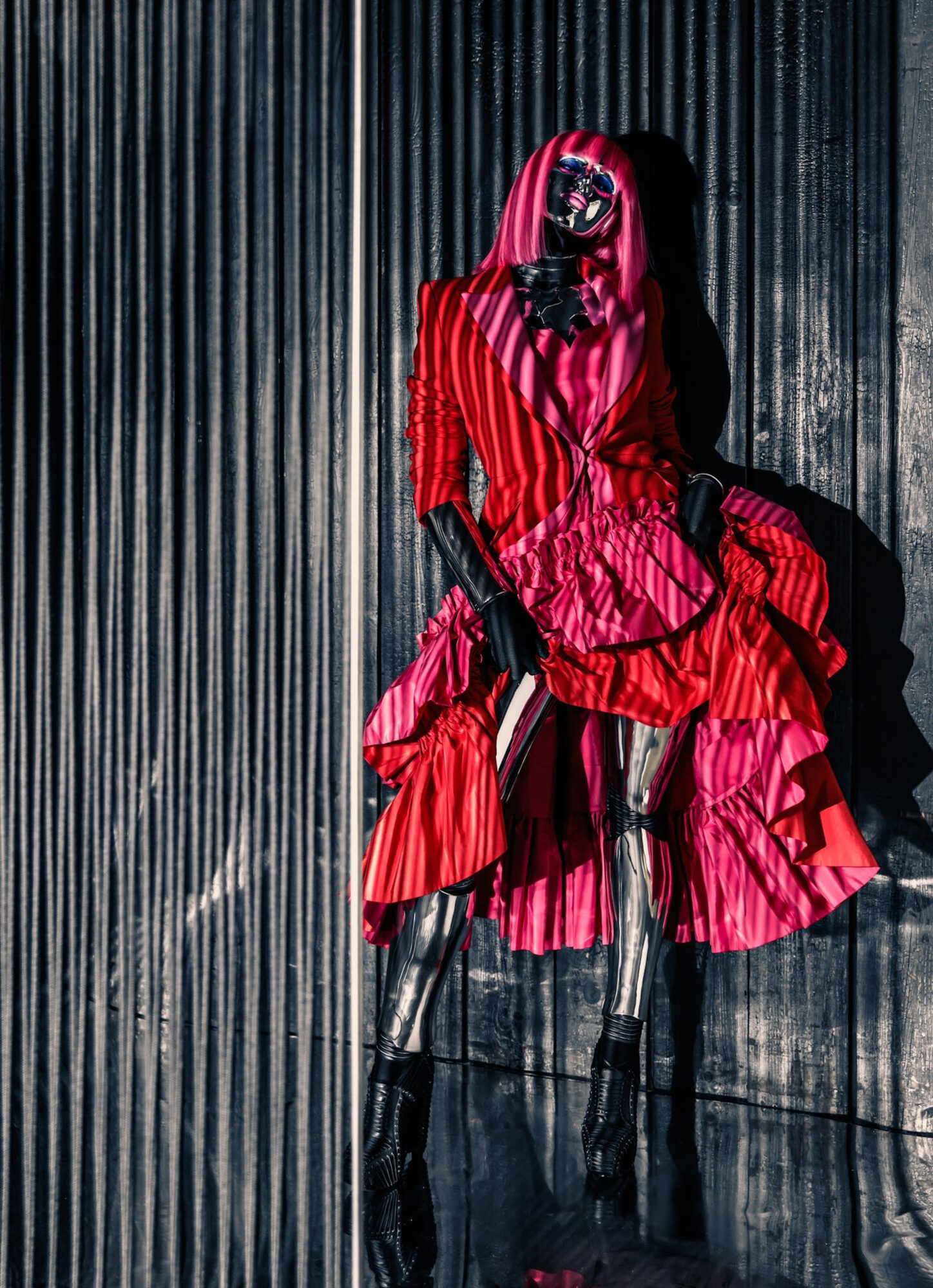
Henry, I must say, you always appear in exquisite garments and designer fashions. Is fashion of importance to you?
Fashion, for me, is a form of self-expression and articulation through wearable art. It holds the ability to bring forth the energies of the wearer, like confidence, even if one is not feeling such morale. I view apparel as armor, acting as a shield for ones voice.
What does your style say about you? Are you eccentric? Or minimalistic? Avant-garde, maybe? The choice resides within. It can be a daily declaration or a signature look. When I select my garments, I choose to dress in the designs of those visionary minds who understand the importance of wearable craftsmanship, attention to detail, and art in general, as it is the quintessence of life.
I frequently study the rich heritage behind leading fashion houses dedicated to the art of fashion. I also focus on innovative designers blurring the lines of the traditional perceptions of what wearable art can be, like the dexterities of Iris van Herpen, Yohji Yamamoto, the late Issey Miyake, and Thierry Mugler, to name a few.
I also share a deep love for the harmonious intersection between contemporary artists and the art of fashion like the collaborations of Piet Mondrian x Yves Saint Laurent, Yayoi Kusama x Uniqlo, Raf Simons x Robert Mapplethorpe, and the like.
Fashion is the art of self, personified.
Can you touch on your passion for art curation? What does your role as a curator entail?
During my art hunts, I often discover captivating works by some of the world’s most seasoned and emerging artists and talents. To this point, having the honor of observing such wonders, I’ve made it my mission to gather these masterful creations in preparation for my curated exhibitions for public display. After extensive research, while art hunting, I acquire, collect, and catalog the works of art I have selected to take place in my exhibits. Of course, much more goes into such a production, but I’ll spare you the long list of details.
Do you have plans for assembling a newly curated exhibit any time soon?
I do. Later this year, I’m set to launch a digital exhibition featuring the remarkable works of exclusively digital and NFT artists from around the globe. Not only do I find this emerging medium uniquely fascinating, but also, given that we live in such an evolving world, technological advancements are altering how our society interacts with the arts. Whether through augmented reality, virtual worlds, digital transformations, or online transactions, the future of art envisioned by those of the past is here and now! Another reason why it was of importance for me to curate a digital exhibition is that I wanted access to be universal. Not only for those with the means but for those who simply contain a passion and love of the arts. Mere accessibly to the internet and a computer or smartphone is all that one needs to view its contents.
Henry, in your opinion, what is the prevailing enemy of creativity?
Fear.
Fear of failure. Fear of rejection; Fear of uncertainty; inadequacy; judgment. Fear presents itself in many forms, but the fact still remains: fear is the leading hindrance to creativity. Once one escapes the limiting barrier of fear, I believe the sky is the limit to what humanity can conceive and achieve.
How do you foresee the next two decades, and how will it affect the arts?
I view the future of art as a swinging pendulum between anonymity, fluidity, and a focus on more pressing issues concerning our planet and society, accentuated by the advanced technology of the time.
Anonymity, in that we live in a time where it is second nature to peer into the lives of others. I see society becoming weary of a visible online presence, opting for privacy and freedom of interference. This sentiment will translate to the artists themselves as I feel anonymity will hold authority over fame, like the mysterious works of Banksy and Jerkface. This direction allows observers the complete freedom of artistic interpretation.
I speak of fluidity to reflect our world and the collapse of societal norms. Art will reflect the benefits of tradition, modernity, and postmodernity, accepting all points of view without the faults that came about from tearing down such walls.
Lastly, artists of the future will focus on the issues of the time. Emphasizing factors like climate change as it will be front and center and inescapable, grappling with the consequences of a neglectful anthropogenic life. Also factors like the dominance of artificial intelligence, or poor environmental conditions, leading to potential outer space settlements will be prominent.
In all, art of the future may drastically differ from art of today.
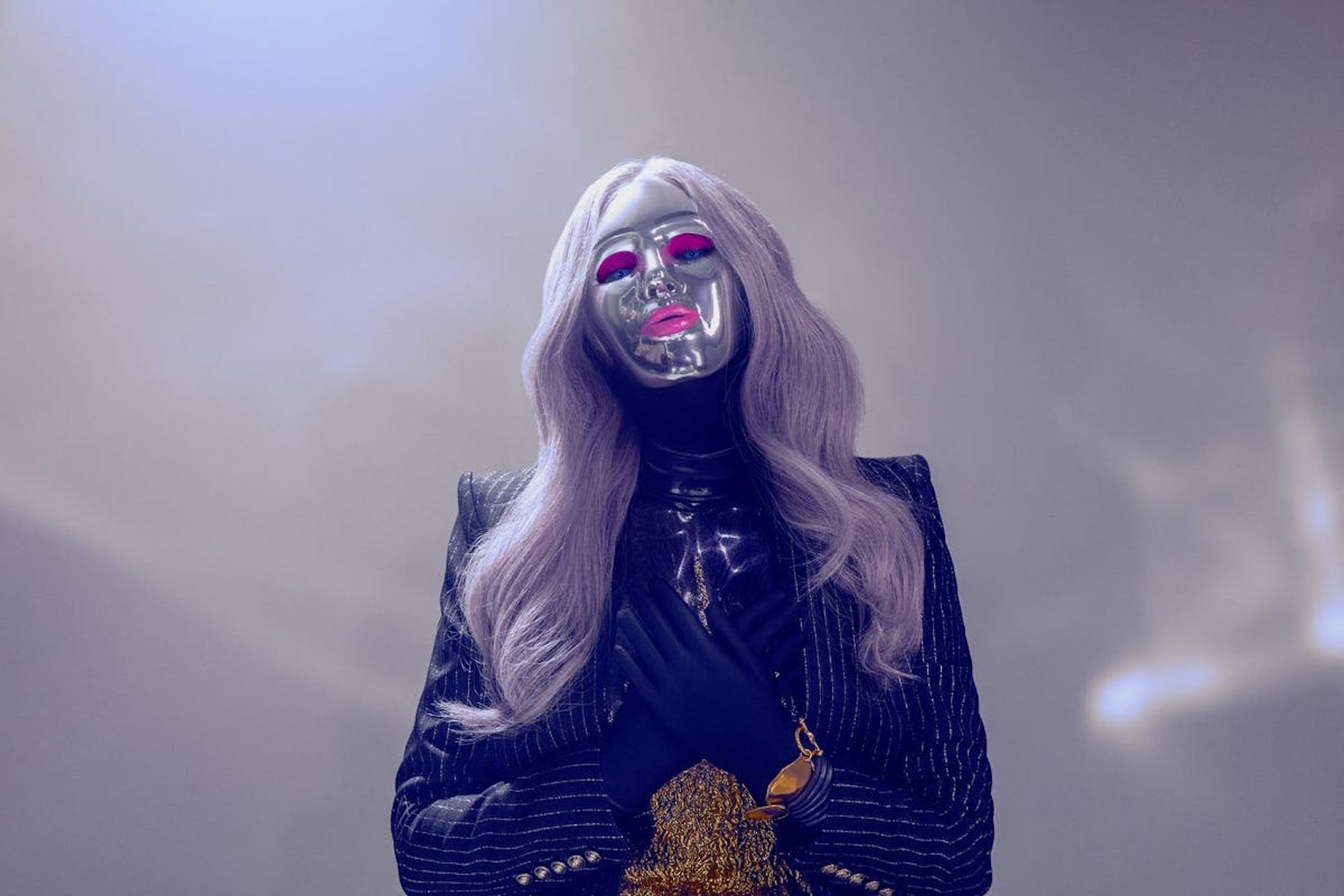
Finally, Henry, you speak passionately of your motto: “Make Art, Not War.” What does this mean to you?
Art is inescapable as it holds the ability to transcend all forms of communication, emitting directly to human consciousness. It begets different perspectives, interpretations, emotions, and sensations.
I believe with all my being that art will save this planet from demise, discord, and the vitriol we witness today. Art presents in many guises: the art of love, the art of laughter, the art of living, the art of words, the art of relationships and social interaction, the art of dance, of being one with nature –I can go on ad infinitum.
My mission is to direct humanity toward their version of art, whatever form it may take. My preference is for contemporary art.
What kind of art suits you? The choice is always yours.
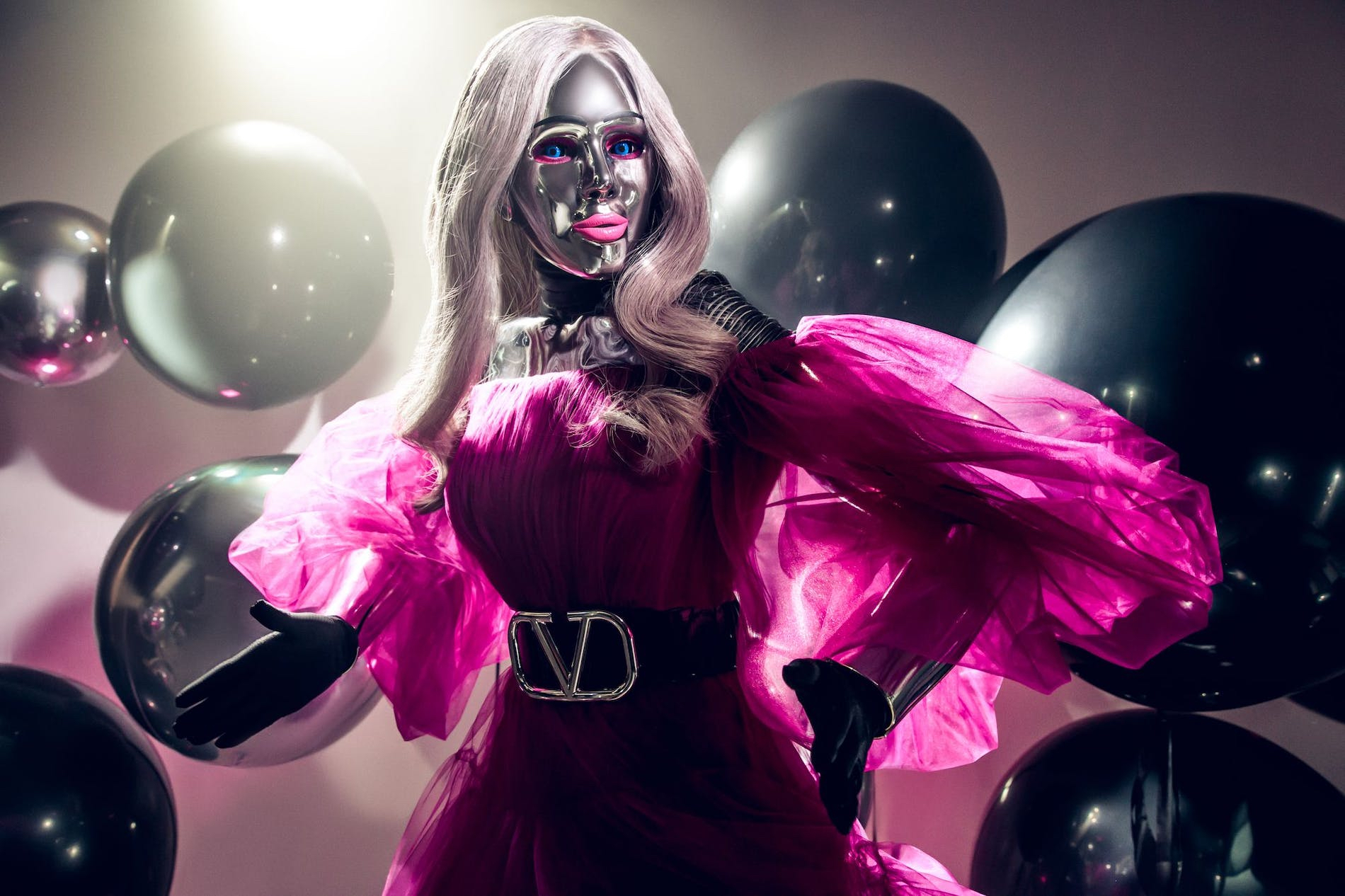
Material and photos are provided by the press office of Henry Mova at FprBuro Communications Agency
